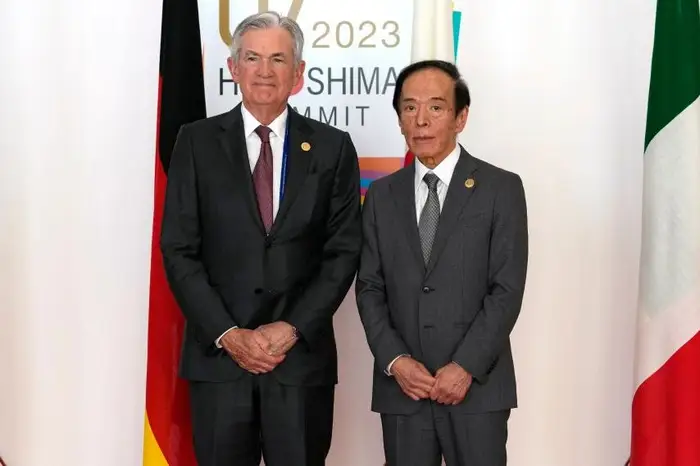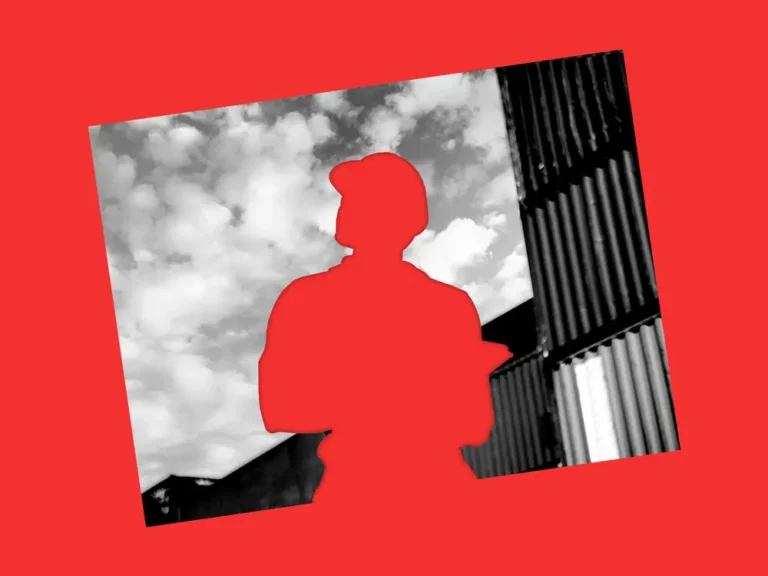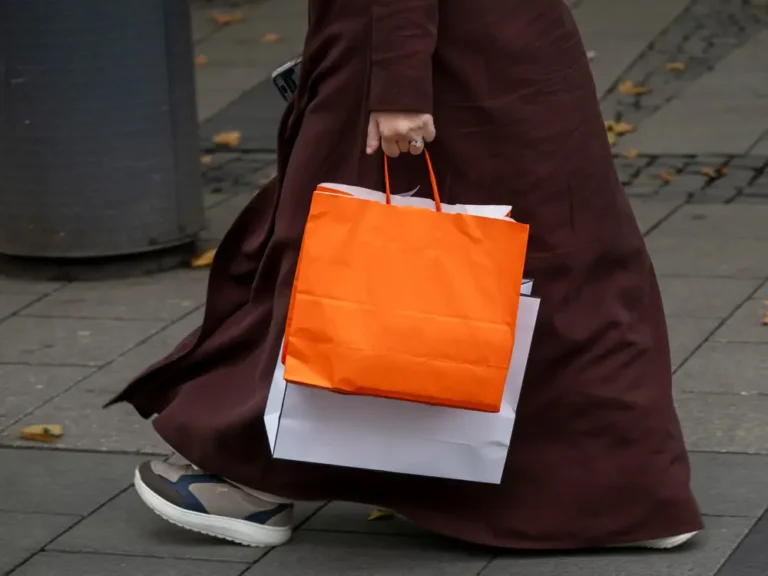Powell’s not the only central banker in the spotlight. Away from Jackson Hole, one chief had to endure 5 hours of intense questioning.

Federal Reserve Chairman Jerome Powell and Bank of Japan governor Kazuo Ued have big Fridays.
It’s a busy day for central bank and market analysts.
Central banks often make cryptic statements — in part to avoid jolting the markets — so analysts will be busy trying to make sense of public statements from the bosses of the US Federal Reserve and the Bank of Japan on the same day.
Fed chair Jerome Powell is set to give a keynote at the central bank’s annual economic symposium in Jackson Hole, Wyoming at 10 a.m. EDT on Friday. Investors will be watching for signals around interest rate cuts: when it’s coming, its size, and the pace of subsequent cuts.
Meanwhile, Kazuo Ueda, the governor of the Bank of Japan, sat through five hours of grilling in parliament on Friday, weeks after the central bank’s rate hike sent global markets plunging in early August.
Ueda was a panelist at the Jackson Hole symposium last year, so there was speculation that he is missing the by-invite-only event this year due to the special parliamentary hearing at home. However, sources told Japanese media that the decision not to attend was made earlier.
At Friday’s hearing, Ueda attributed the market volatility early this month to “overdone” concerns over the US economy. Ueda also said the central bank plans to hike rates if Japan’s inflation continues to move toward its 2% inflation target.
“There is no change to our basic stance that we will adjust monetary policy as we gain confidence in the likelihood” of the economy achieving the inflation target, said Ueda, per Nikkei.
BOJ rate hike to carry chaos
Japan has been mired in deflation for decades, so the BOJ has been trying to stimulate the country’s economy all this while. Now, Ueda has the tough job of weaning the economy off the stimulus without causing shocks domestically — and internationally.
Post-pandemic, the Fed’s rate hikes have complicated the BOJ’s job, as higher rates in the US encouraged dollar-denominated investments, boosting the dollar. This, in turn, battered the Japanese yen, which hit a near four-decade low.
The depressed yen made imports expensive for Japan. So while it was good for the country’s fight against deflation, a quick decline in the yen also caused other problems, like depressed consumption.
To support the yen, the BOJ lifted its ultra-low rates in late July. However, the world’s financial system is so entwined that the move unraveled carry trades that had a domino impact on the world’s markets.
Days after the historic market rout in early August, the BOJ walked back on more hikes in the short term. But Ueda’s Friday statement affirmed more hikes — although he also said he would carefully communicate the BOJ’s thinking going forward.
“We will continue to monitor the situation closely with a very high sense of urgency,” he said, per Nikkei.
The BOJ’s closely-watched “core-core” inflation rate was 1.9% in July — below the central target.
Despite Japan’s difficulties in boosting inflation, the BOJ’s current policy rate around 0% is still too low, so the central bank is likely to continue hiking rates even if inflation dips below 2%, wrote Takahide Kiuchi, an executive economist at the Nomura Research Institute, on Friday.
However, given the volatility in stock and the yen following the central bank’s last rate hike, it’s likely to move cautiously, added Kiuchi, a former BOJ policy board member.
Kiuchi expects the BOJ to hike rates next in January.






